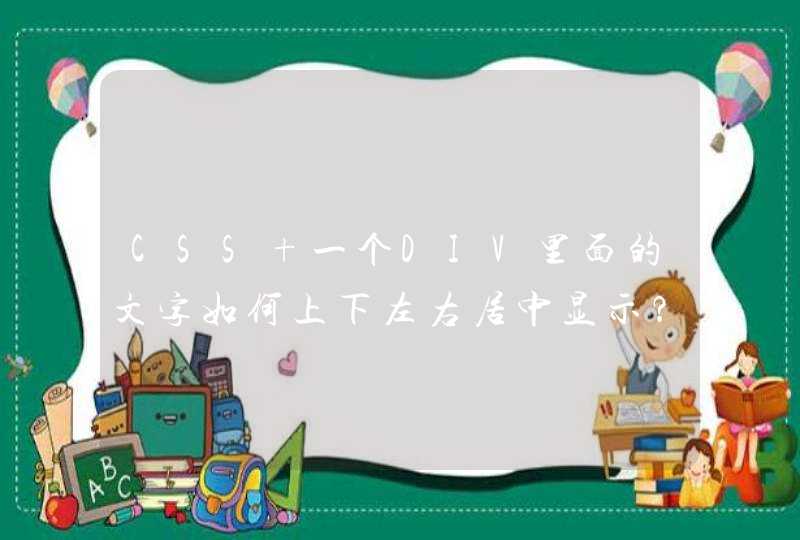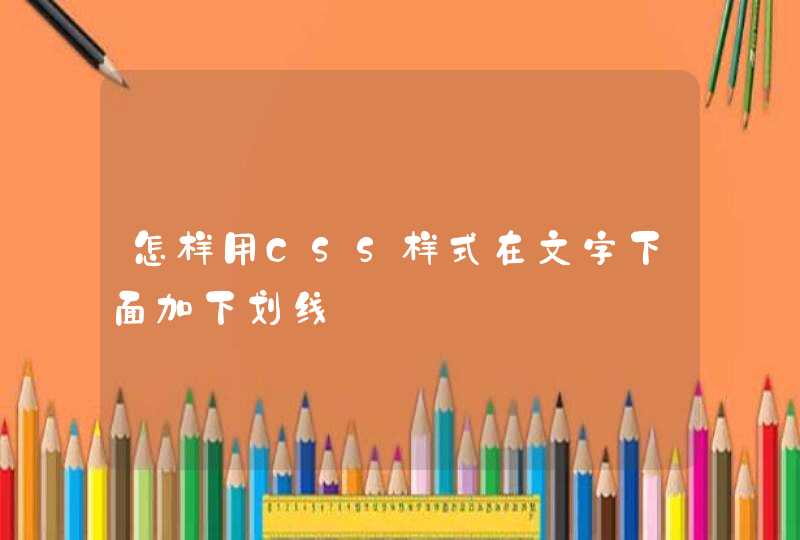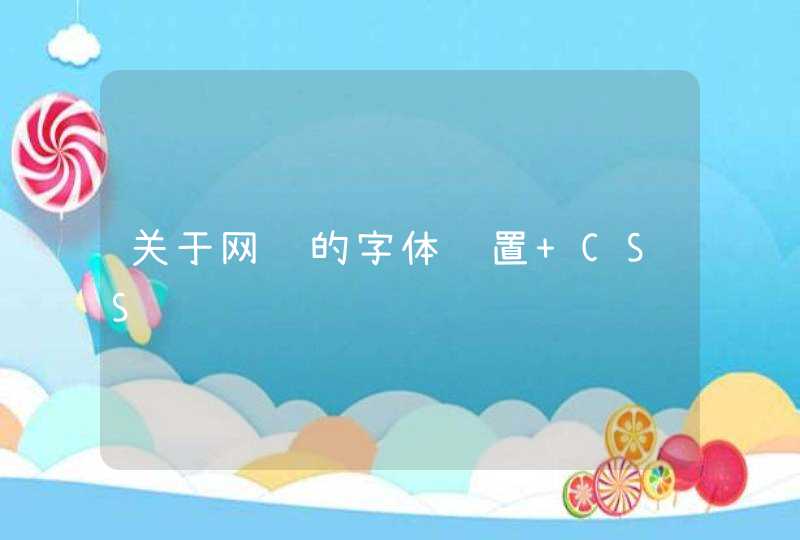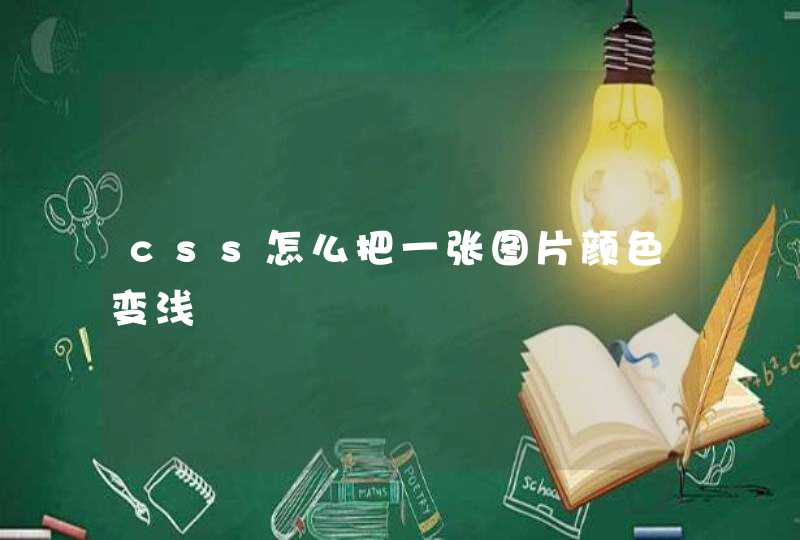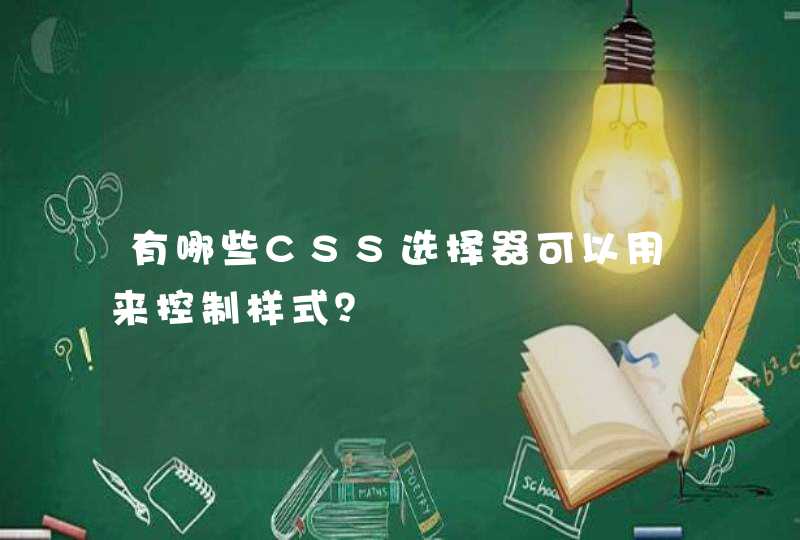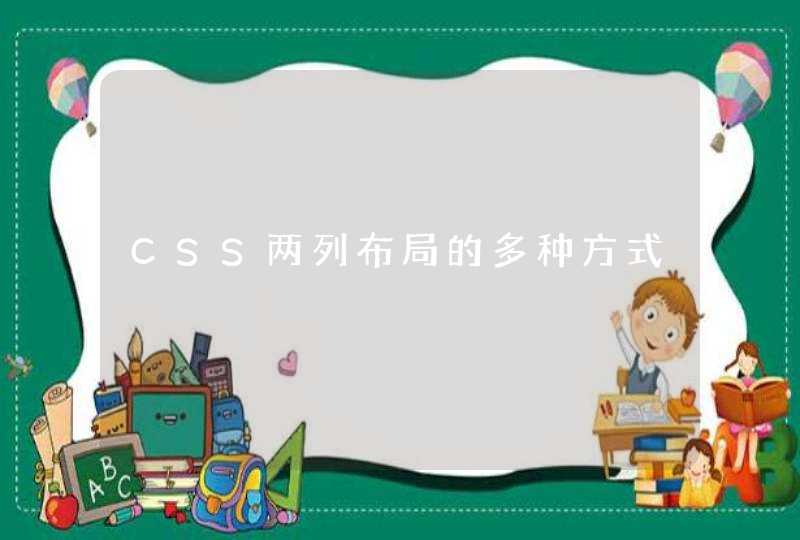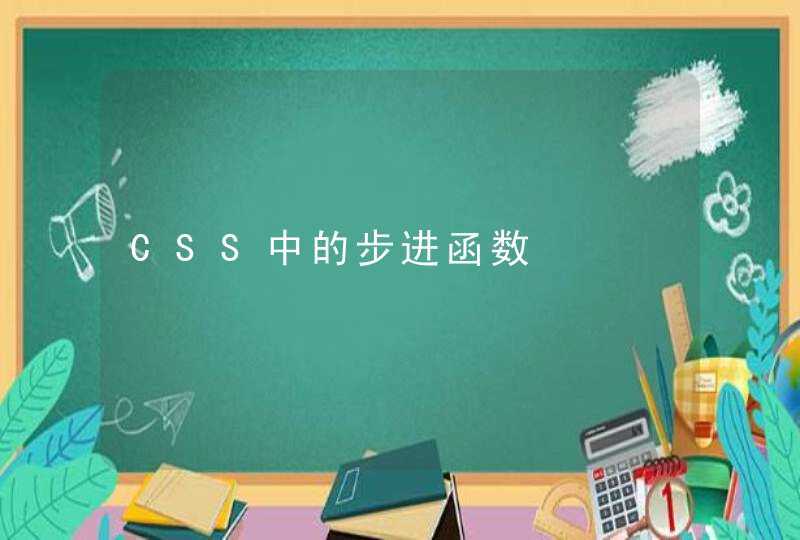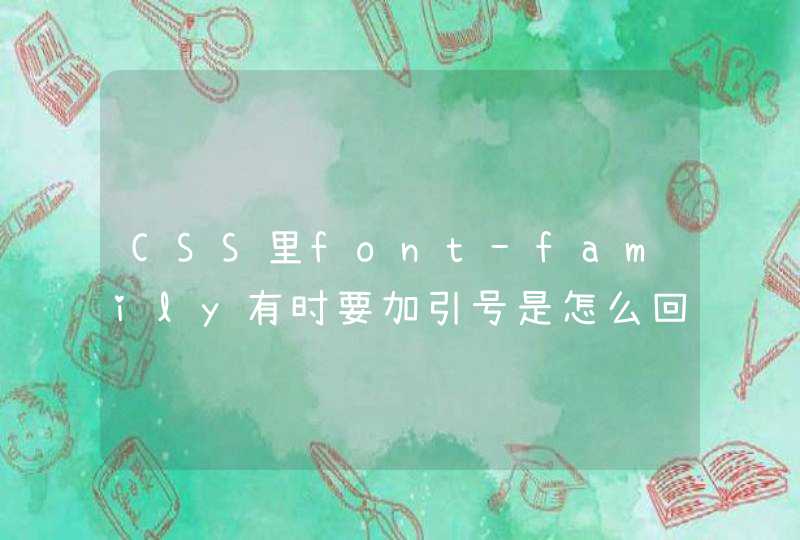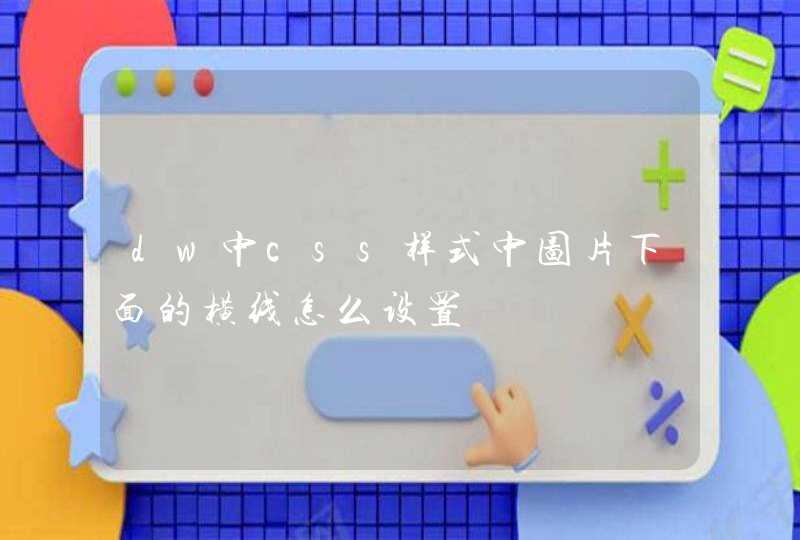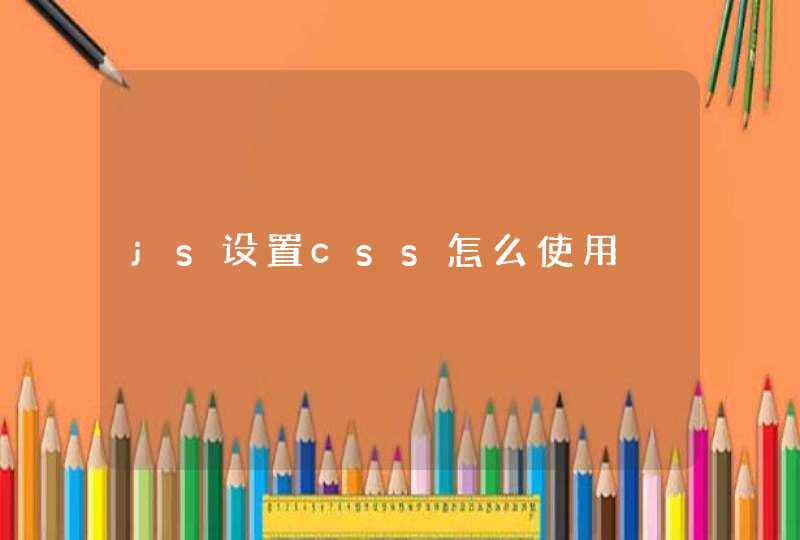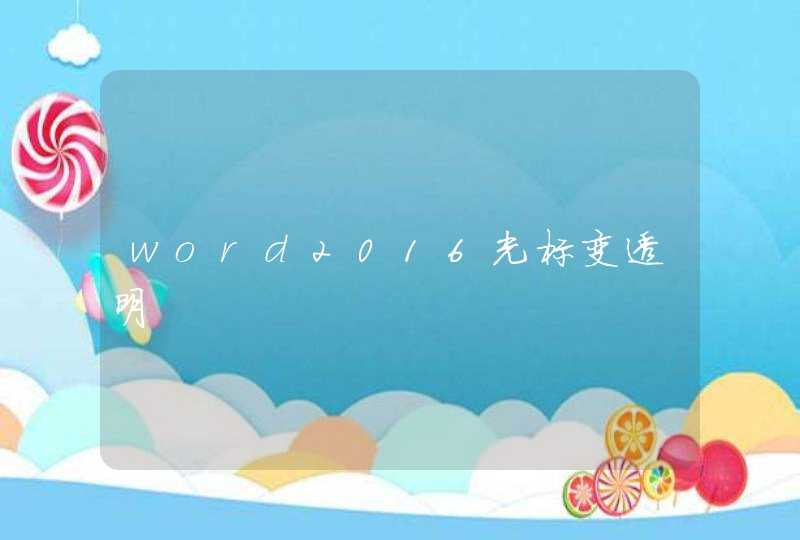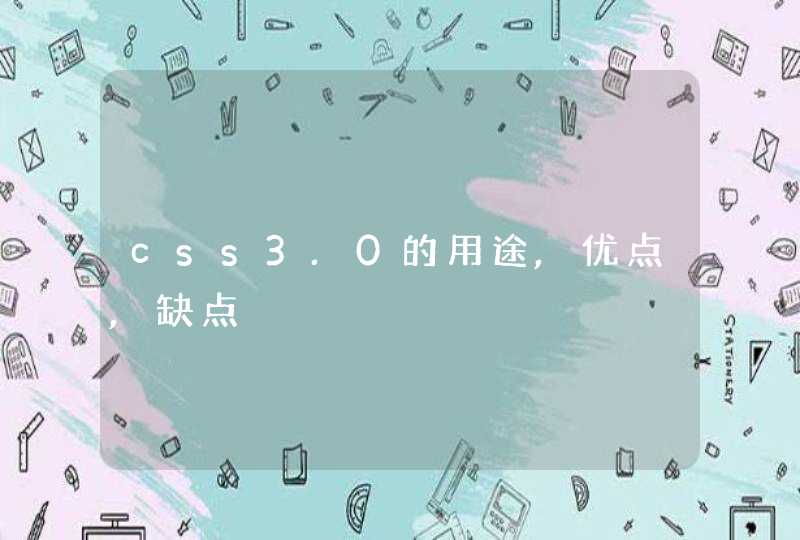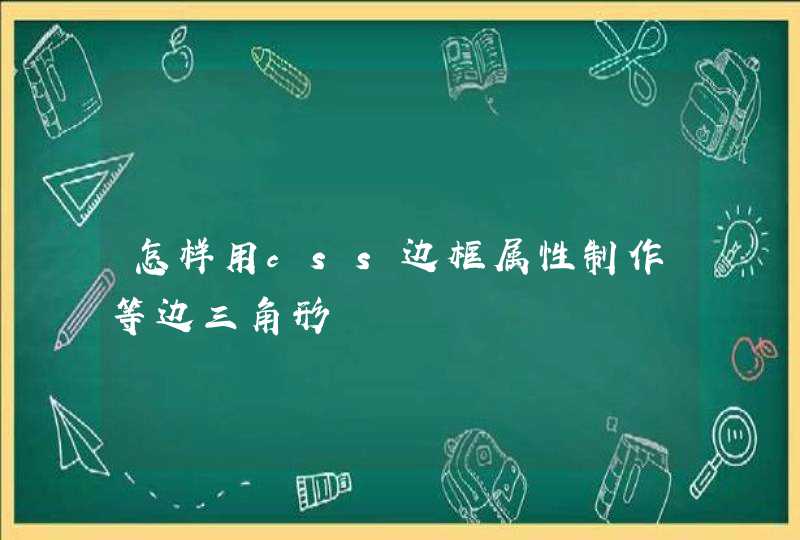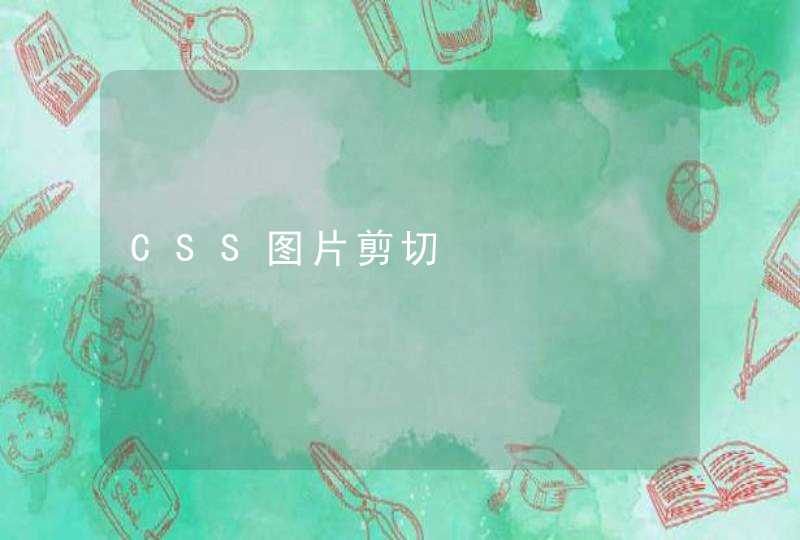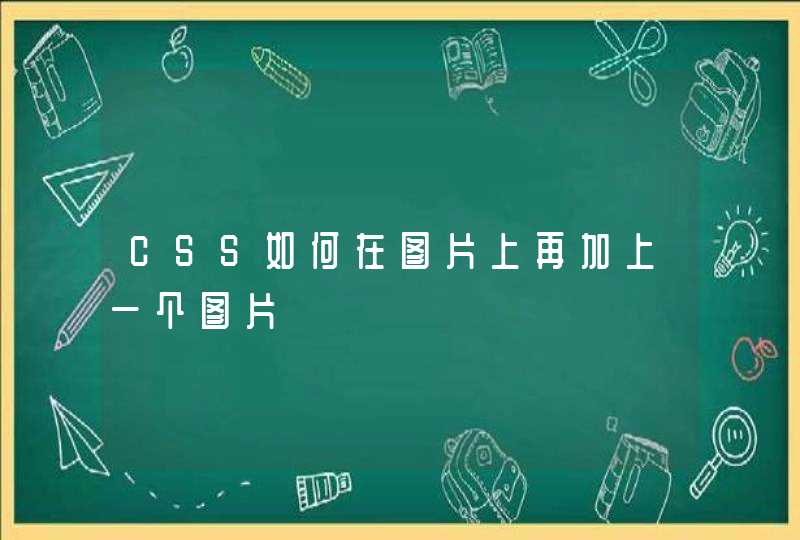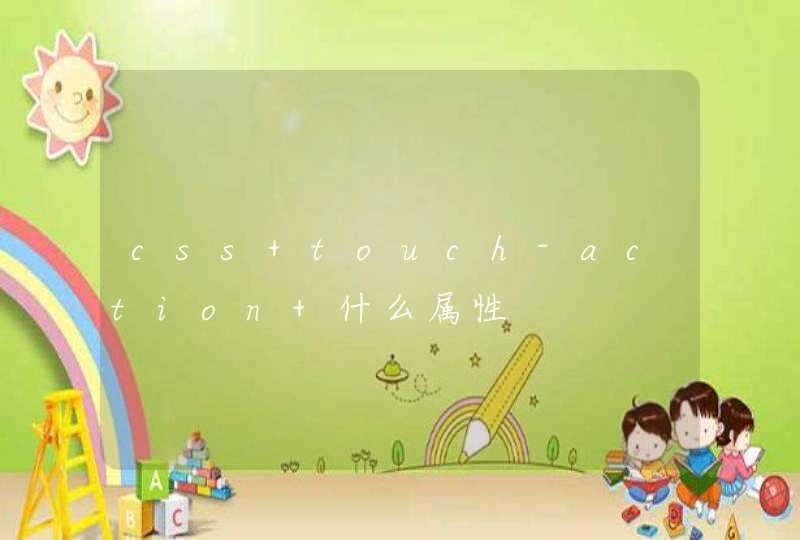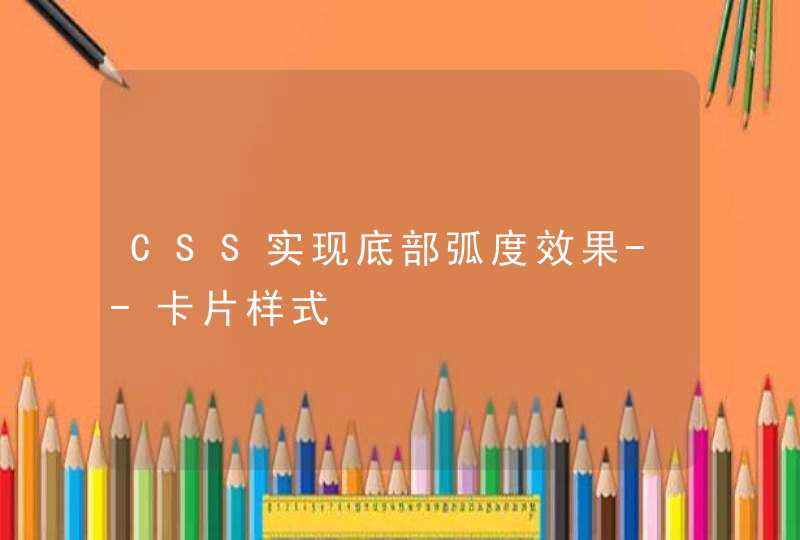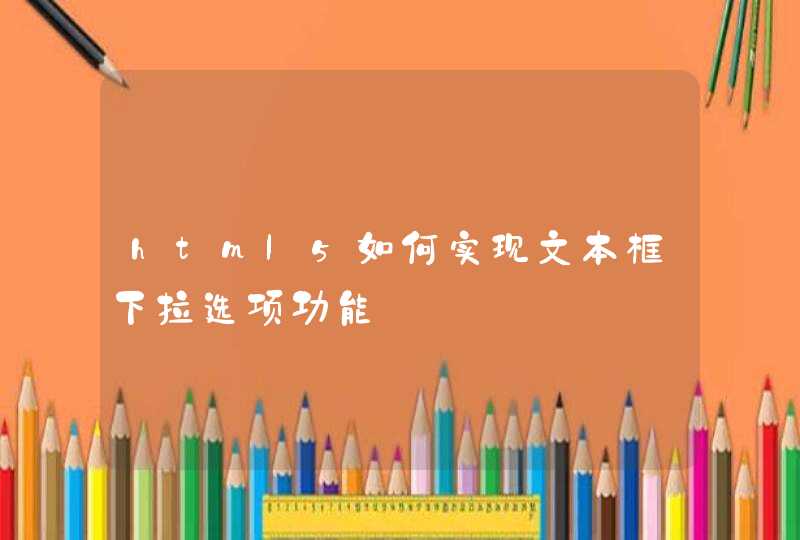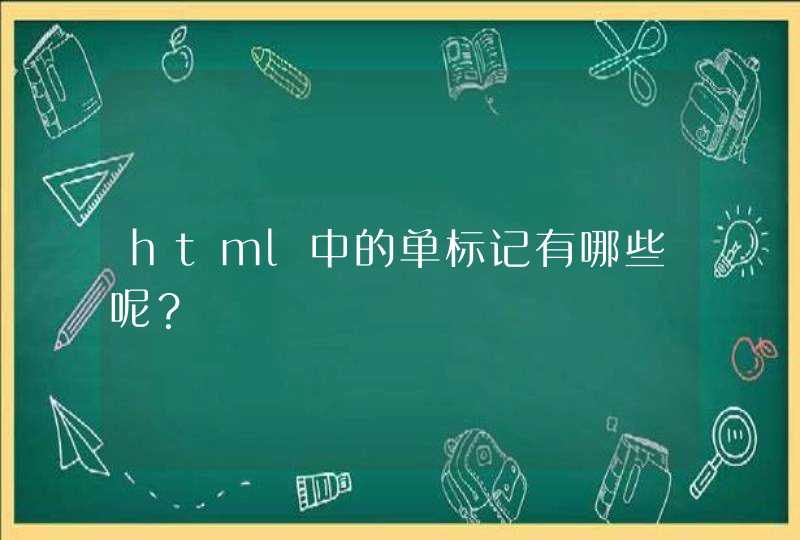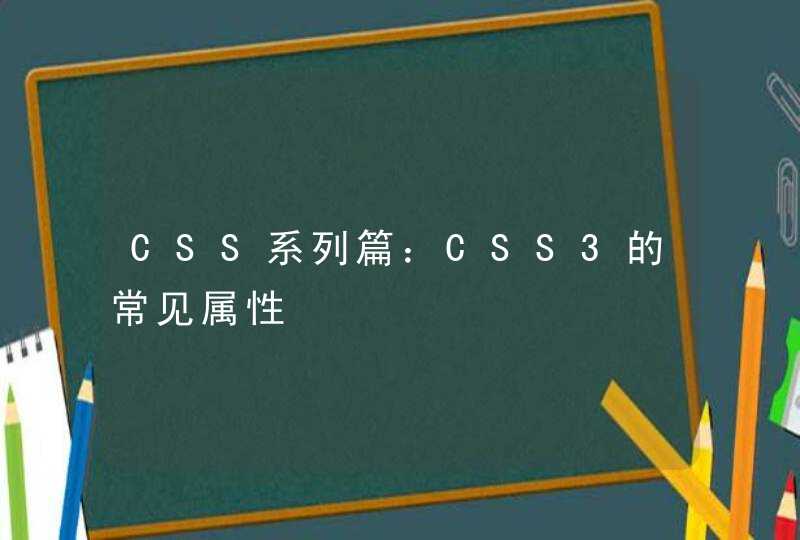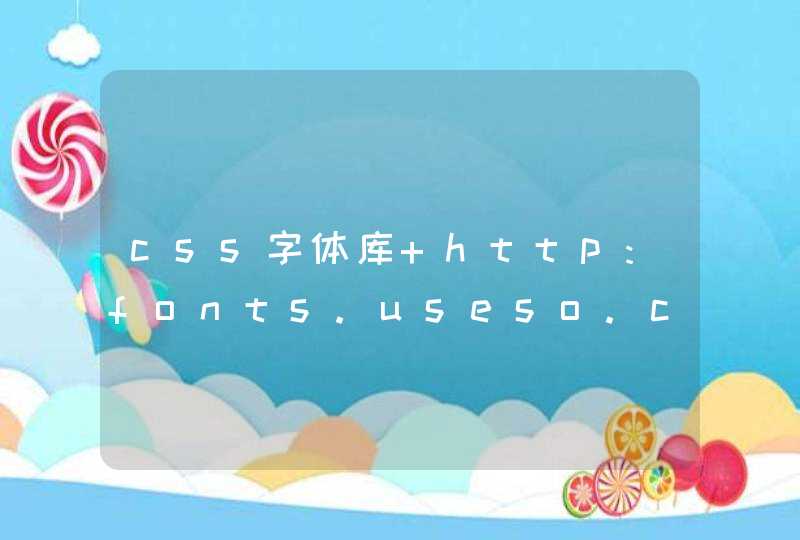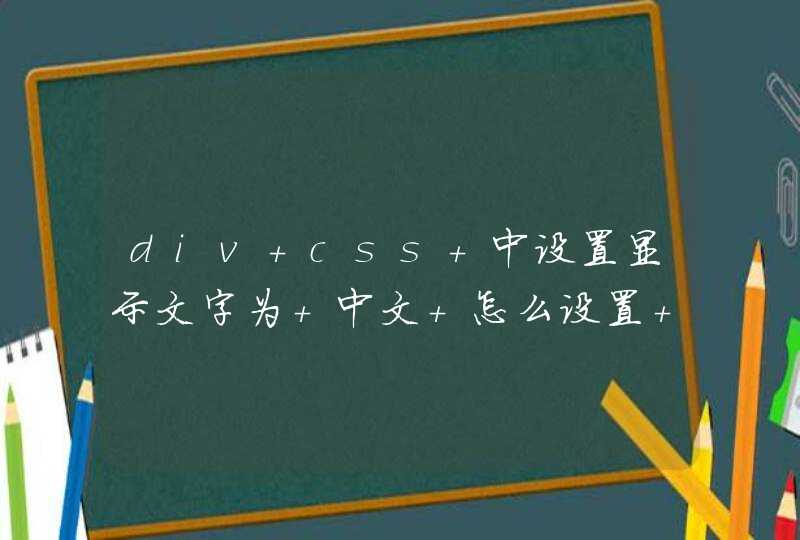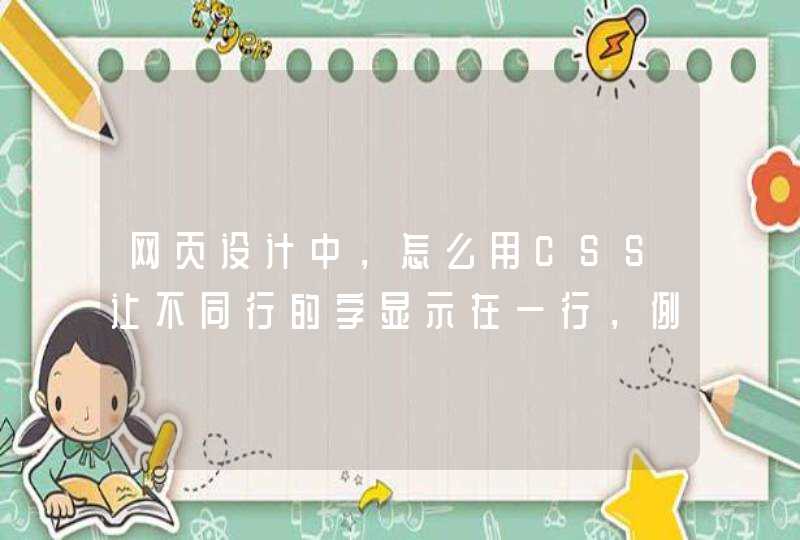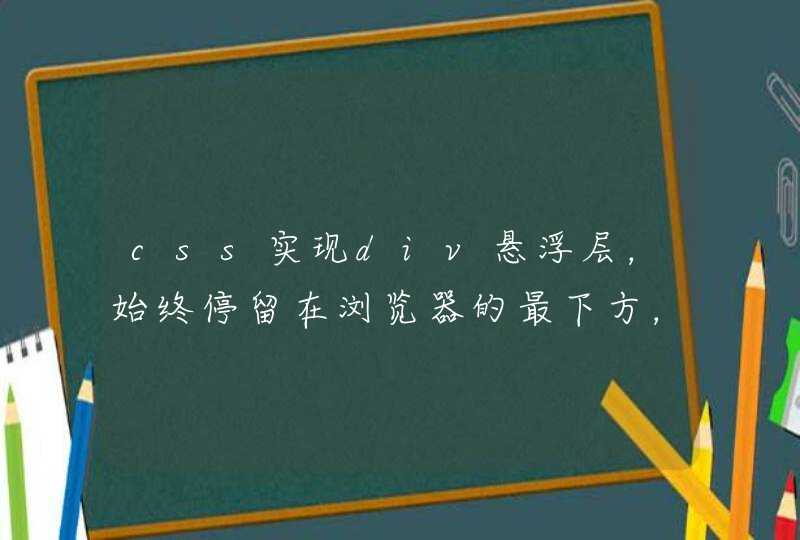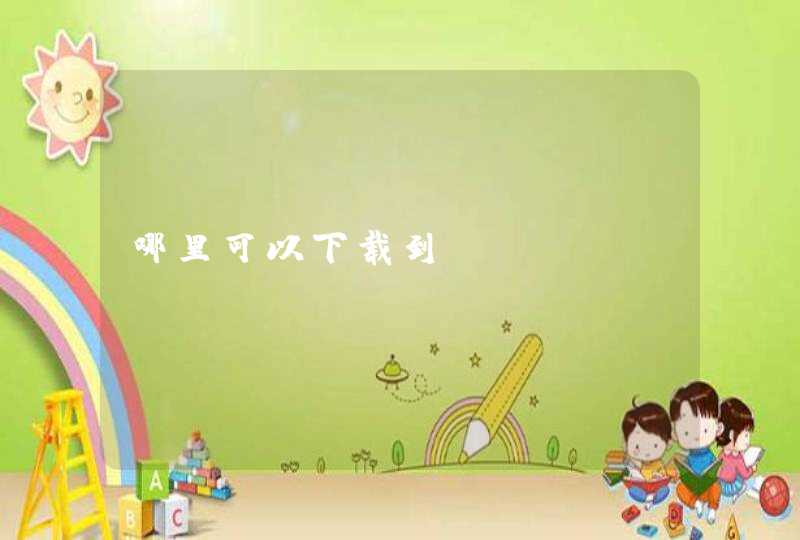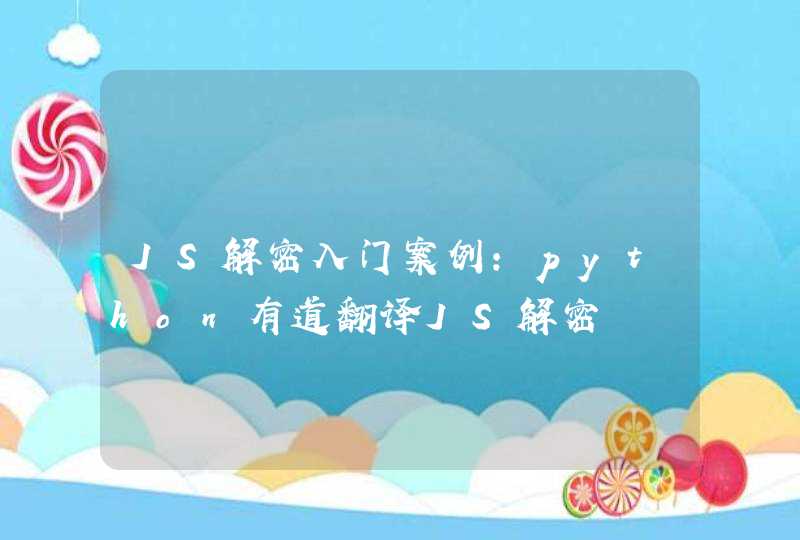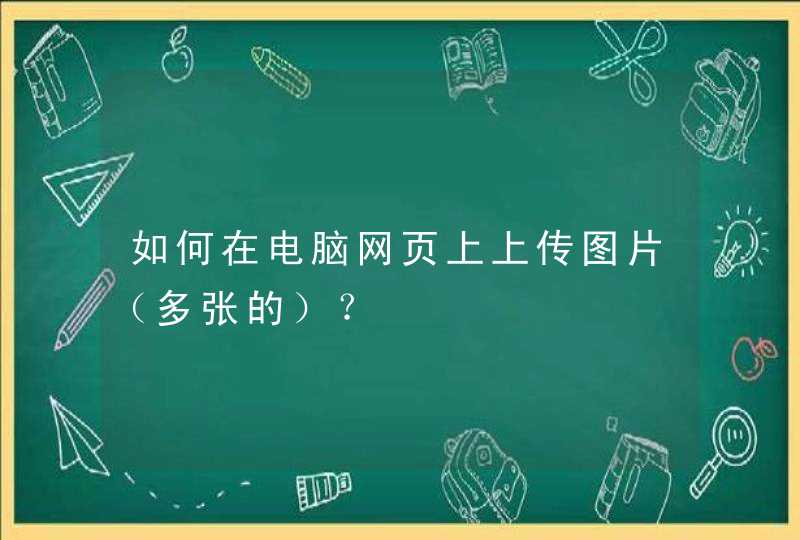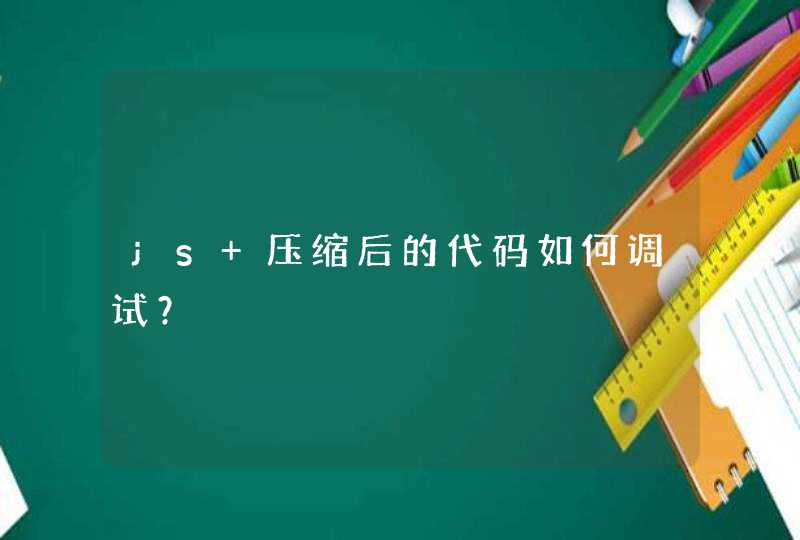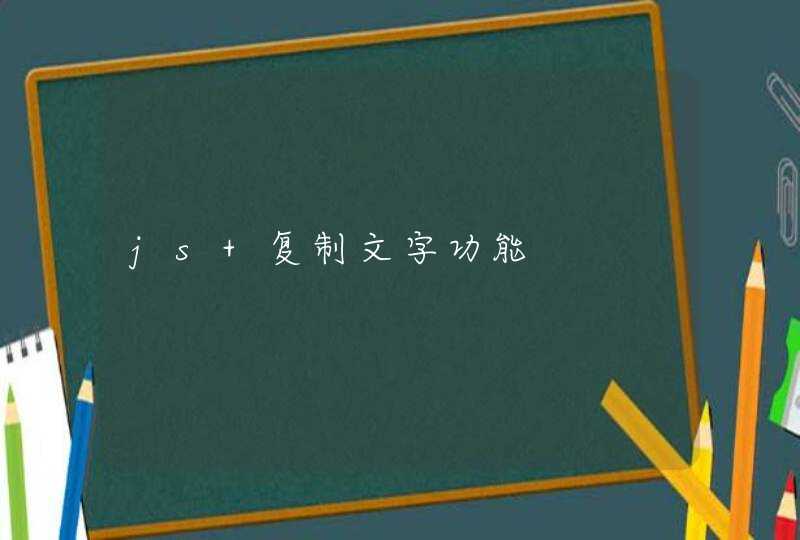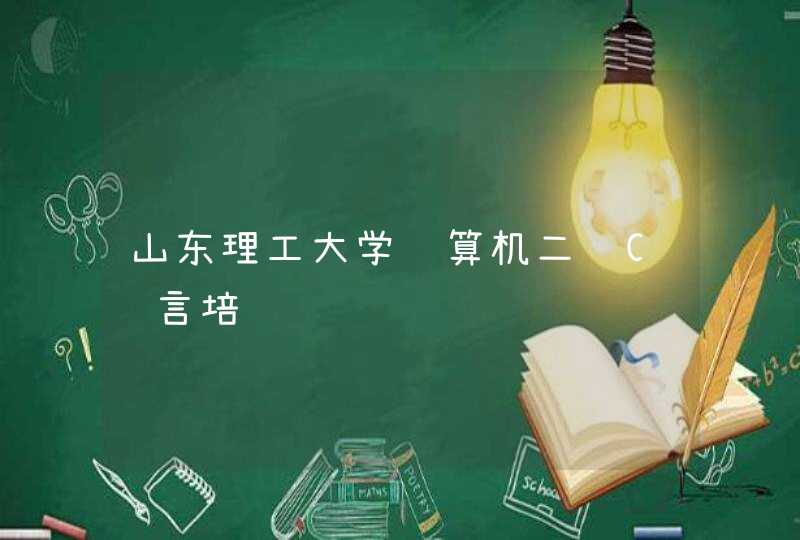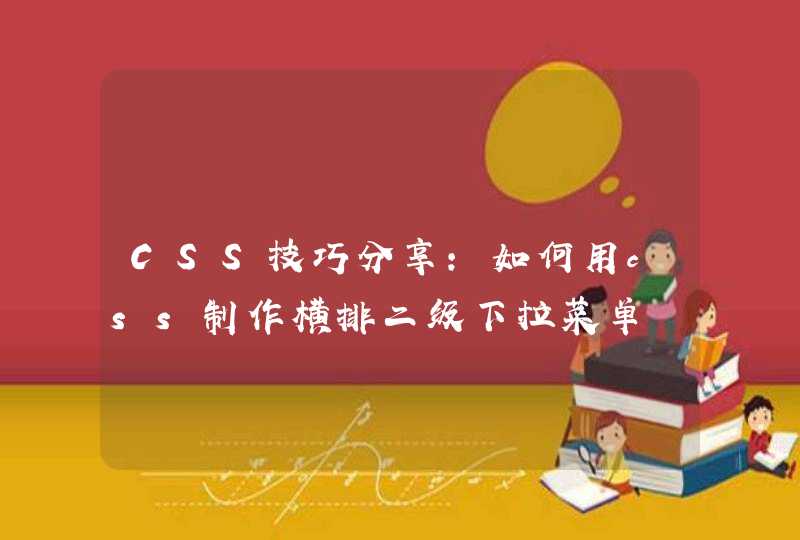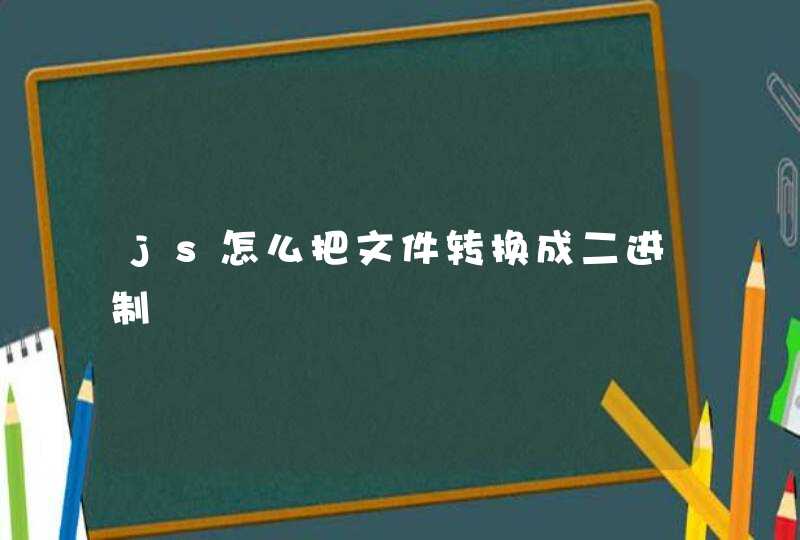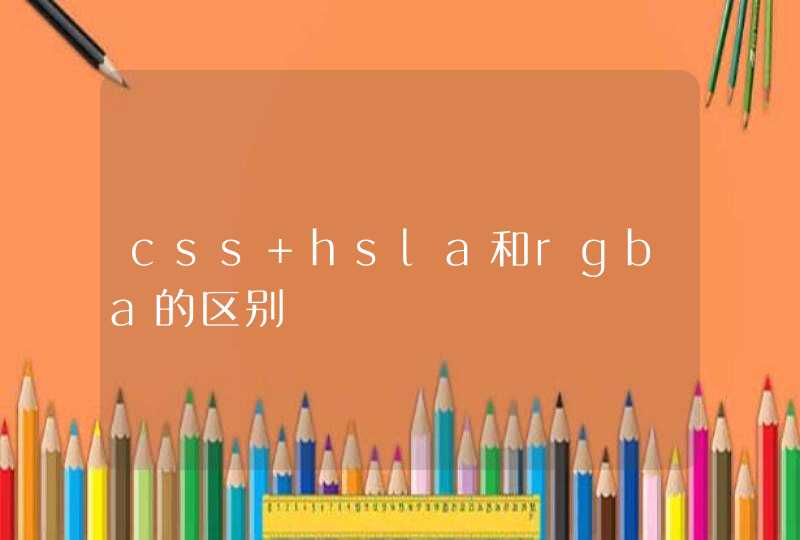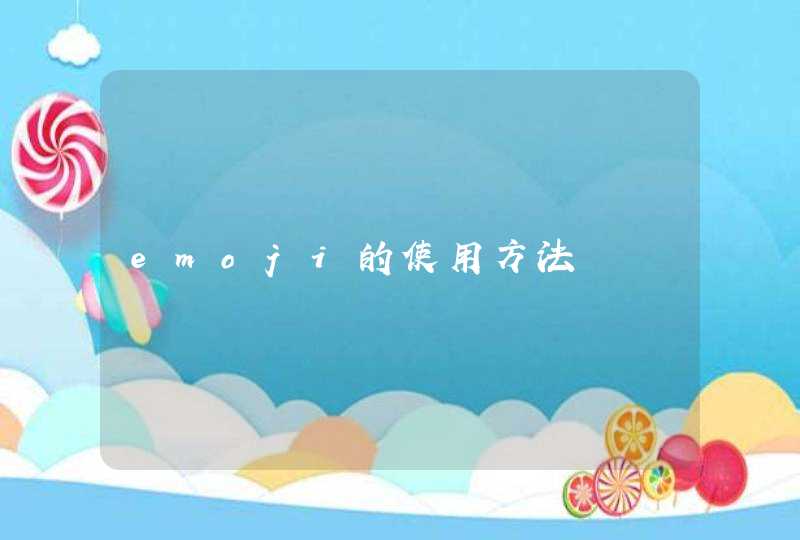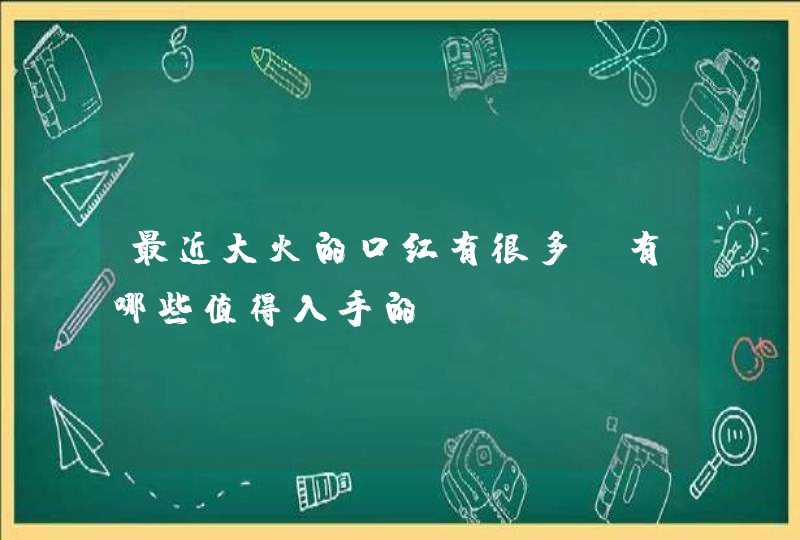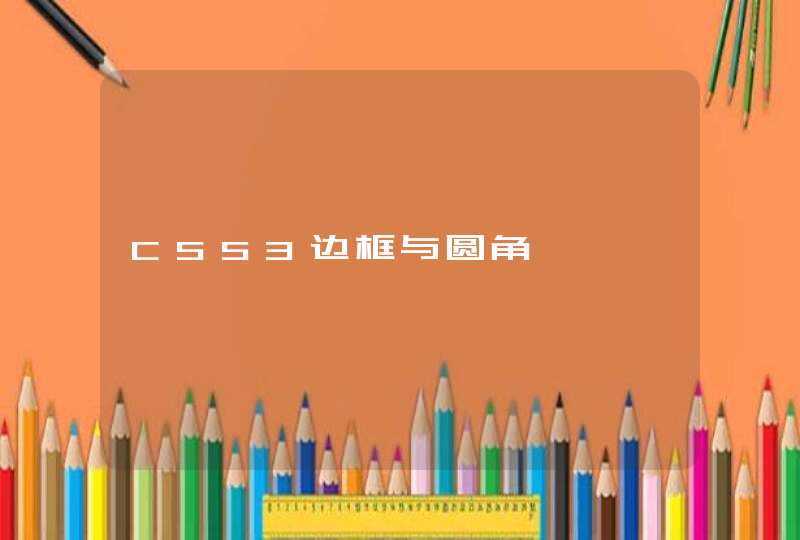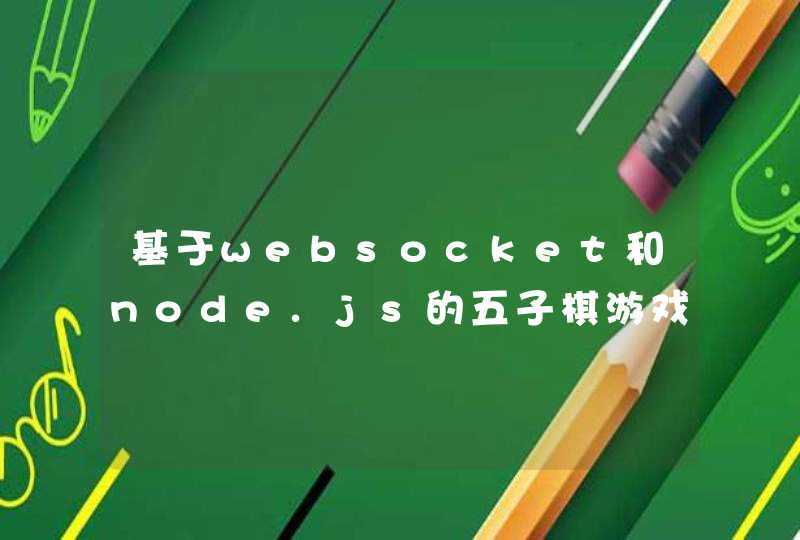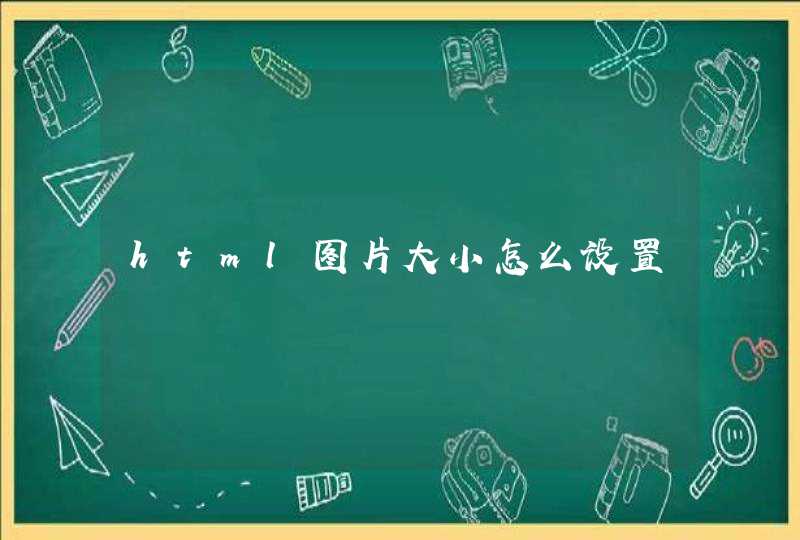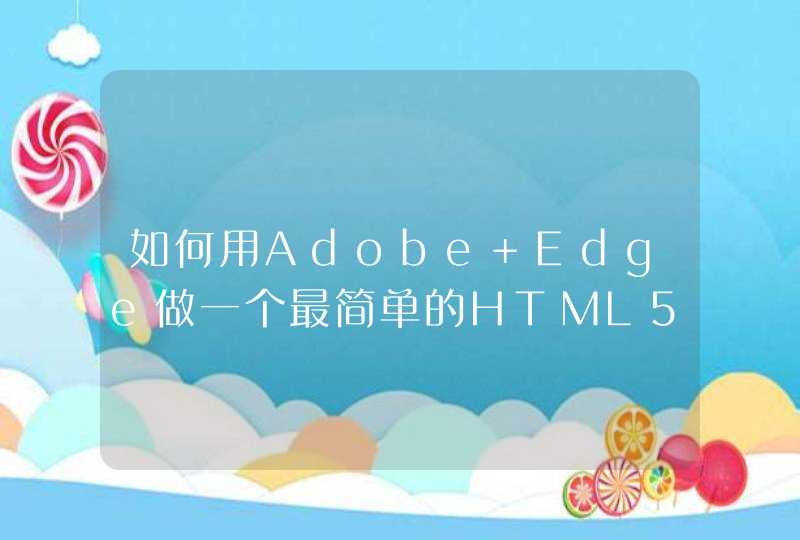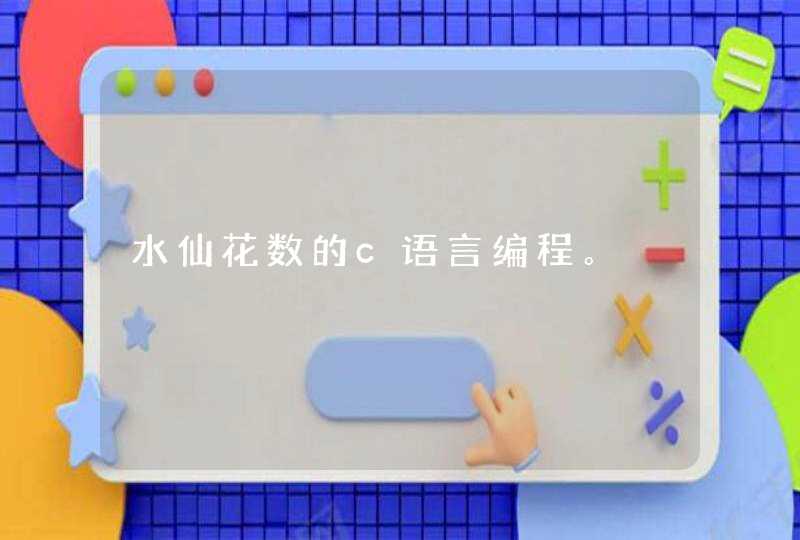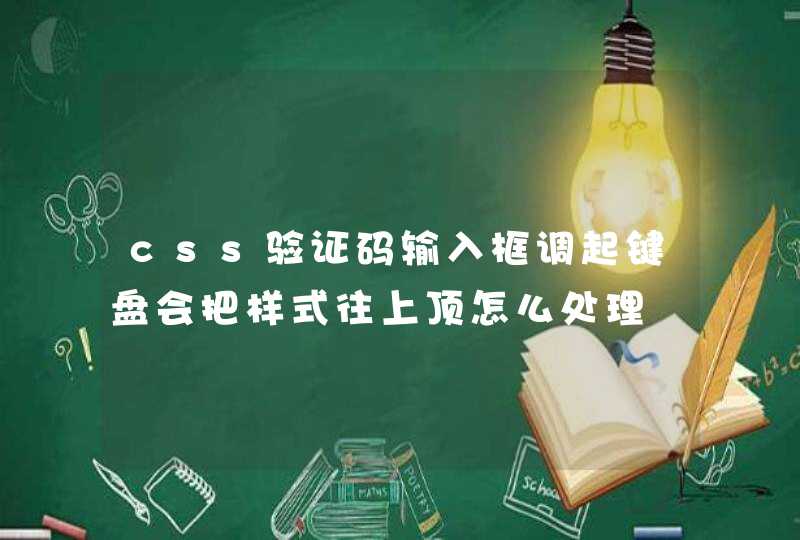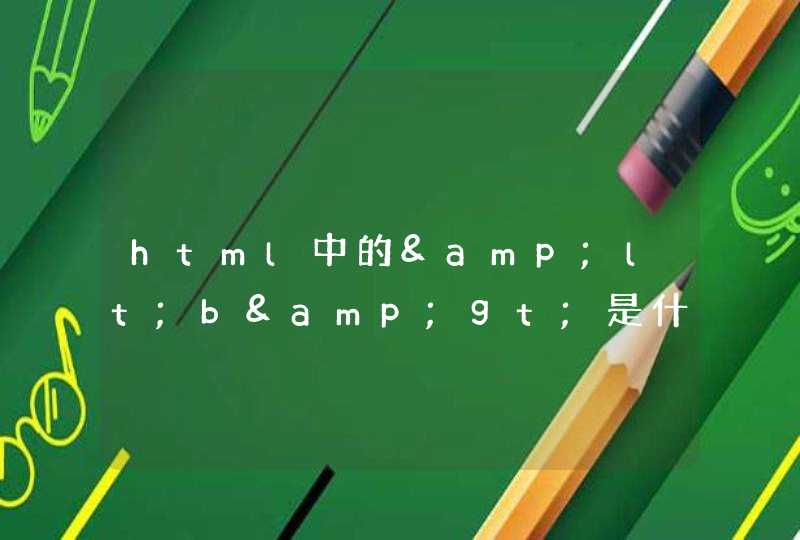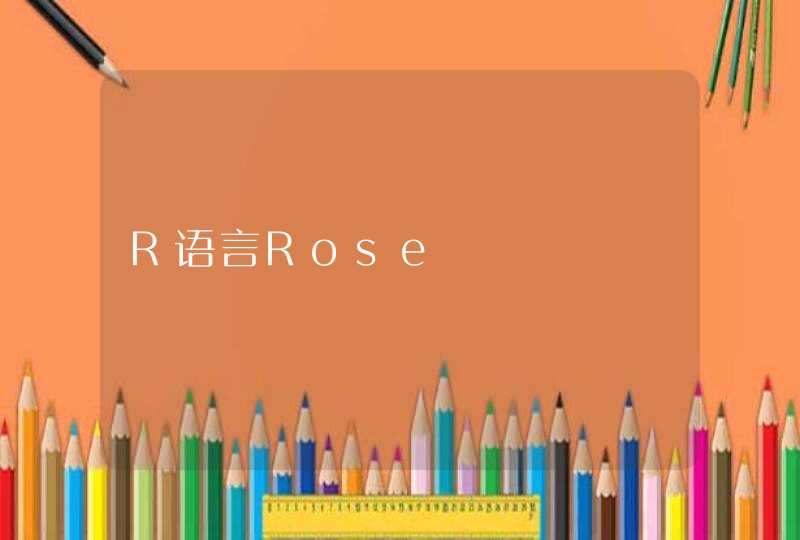
<html>
<head>
<meta http-equiv="Content-Type" content="text/htmlcharset=utf-8" />
<title></title>
<style>
*{
margin: 0
padding: 0
}
ul li{
display: block
list-style-type: none
width: 500px
height: 60px
}
#li1,#li3{
background: #09C703
}
#li2{
background: #3eebff
-webkit-transition: height .3s linear
-moz-transition: height .3s linear
-o-transition: height .3s linear
transition: height .3s linear
}
#li2:hover{
height: 300px
}
</style>
</head>
<body>
<div>
<ul>
<li id="li1"> </li>
<li id="li2"> </li>
<li id="li3"> </li>
</ul>
</div>
</body>
</html>
望采纳
看了你的代码:
给你个样式吧;
就可以了;
<style type="text/css">.col-main a{text-decoration:nonecolor:white}
.col-main img{border:none}
</style>
上面的代码可以放到</head>上面一行;就可以了;
下面就是规范中的描述The details element represents a disclosure widget from which the user can obtain additional information or controls.— WHATWG HTML5 specification 理论上我们可以用它创建那种折叠的小组件,用户可以有打开和关闭的交互.在<details>我们可以放入我们任何想放入的内容.浏览器的支持情况在我们开始之前,实际一点,让我们看看目前浏览器的支持情况,目前只有chrome支持 <details >元素.Opera很快就会支持Opera will support it soon,让我们来用chrome演示这种效果吧.<details 的使用方法这里有两个相关的元素:<details>和可选的让我们来看下面的代码: 1 2 3 4 <details> <summary>Show/Hide me</summary> <p>Pellentesque habitant morbi tristique senectus et netus et malesuada fames ac turpis egestas.</p></details> 你可以通过下面的链接察看效果see this in action over at jsbin.这是一个简单的例子但是可以将效果完美展现的代码,没有任何Javascript.OPen 属性在上面的例子中,在页面加载的时候内容是隐藏的。我们可以将<detail>默认的视觉属性通过布尔值作修改,让其当我们加载页面的时候是展开的:1 2 3 4 <details open> <summary>Show/Hide me</summary> <p>Pellentesque habitant morbi tristique senectus et netus et malesuada fames ac turpis egestas.</p></details> 注意,这里并没有 closed 属性,因为只要你移除 open 属性,执行的就是 closed 属性效果。<summary>元素我们已经简要的看了的作用。因为它是短语内容,我们可以使用内联 (inline)标签 <span>。我们为什么会有这种想法呢?也许这样子能更方便的通过而外样式控制显示效果或者像 spec 建议的那样:为一个表单元素增加一个 <label>标签。如果他能生效的话,至少能让我很顺手:1 2 3 4 <details> <summary><label for="name">Name:</label></summary> <input type="text" id="name" name="name" /></details> 常理看,我们点击 summary 的任何位置都应该展开 <detail>元素的内容。但是在这个例子中,我们点击<summary>并没有展开内容,因为你点击的是<label>他会将焦点放到 <input>标签-即使那部分内容被隐藏在<details>标签。很明显,在这点需要更好的声明,你认为这个地方应该发生什么事情呢?可能某个浏览器生产商能看一下这个效果。<details>元素多层嵌套你可以在<details>中嵌套<details>,可以完美的案例查看这个效果:1 2 3 4 5 6 7 8 9 10 11 12 13 <details> <summary>Question 1</summary> <p><strong>Pellentesque habitant morbi tristique</strong>senectus et netus et malesuada fames ac turpis egestas. Vestibulum tortor quam, feugiat vitae, ultricies eget, tempor sit amet, ante. Donec eu libero sit amet quam egestas semper. <em>Aenean ultricies mi vitae est.</em>Mauris placerat eleifend leo. Quisque sit amet est et sapien ullamcorper pharetra. Vestibulum erat wisi, condimentum sed, <code>commodo vitae</code>, ornare sit amet, wisi. Aenean fermentum, elit eget tincidunt condimentum, eros ipsum rutrum orci, sagittis tempus lacus enim ac dui. <a href="#">Donec non enim</a>in turpis pulvinar facilisis. Ut felis.</p> <details><summary>Related documents</summary><ul> <li><a href="#">Lorem ipsum dolor sit amet, consectetuer adipiscing elit.</a></li> <li><a href="#">Aliquam tincidunt mauris eu risus.</a></li> <li><a href="#">Lorem ipsum dolor sit amet, consectetuer adipiscing elit.</a></li> <li><a href="#">Aliquam tincidunt mauris eu risus.</a></li></ul> </details></details> 使用案例在哪些情况时会用到 <details>?FAQ表可能是我们最先涌现的想法。大家经常使用手风琴效果是用在FAQ列表,所以 <details>是这一效果的最佳效果。考虑到这一系列内容,它可能被固定在某一区域,当我们滚动内容的时候。像这样子?你也可以使用<details>来操作博客的评论内容,用户简介,下载列表,复杂的表单,或者像规范中描述下面的应用:An example of the <details>element from the spec 实际上,只要你看看我写的wordpress,会发现有大量的使用 <details>的机会。让我们在评论中了解一下你的观点和想法。样式格式化你如何对这个定义样式?同时,在webkit浏览器中我们可以使用伪类样式 ::-webkit-details-marker。你可以看到这个小的案例:1 2 3 4 5 details summary::-webkit-details-marker { background: red color: #fff font-size: 500%} 我们也可以将这个小组件定位。这里是向右浮动的这就是我们初始化效果。我们如何将默认的组件Icon自定义呢?那就是用 属性选择器 (attribute selector),你可以用来检测 <details>元素是打开的还是关闭的,然后为其定义一个合适的背景图片。我们咋下面的例子中作了一个类似的效果,使用 :after pseudo-element元素定义成我们喜欢的背景图片:1 2 3 4 5 6 7 8 9 10 11 12 13 14 15 16 17 18 19 summary::-webkit-details-marker { display: none } summary:after { background: red border-radius: 5px content: "+" color: #fff float: left font-size: 1.5em font-weight: bold margin: -5px 10px 0 0 padding: 0 text-align: center width: 20px} details[open] summary:after { content: "-"} 在上面的例子中,我们使用文本 “+”和“-”来定义这个组件的状态,根据你的设计需要,你可能希望使用 :before来代替 :after,这两个为类元素都可以使用 image.details的[open]属性选择器能创造很多有意思的可能性。因为我们是好医生,下面是我们装饰后的效果,下面是截屏效果:Styled <details>element in Chrome 如果我们可以用过css的动画效果来修饰打开和关闭时的状态,这样设计就更完美了,但是目前为止我们还没有办法做到这点。可访问性不幸的是在我们写这篇文章的时候,<details>h还无法通过键盘访问,Steve Faulkner 写到:Bottom line is, currently no keyboard support and no usable information exposed to assistive technology.自己试一下,如果你使用鼠标打开 <details>元素,你可以使用键盘到达内容部分,但是你无法使用键盘打开和关闭区域。所以目前这并不是理想状态,不过我们相信这个小国很快会被改进。向后兼容在我们抱怨其在IE6中无法生效之前,感谢这些聪明的人们,我们可以提供优雅的像狗兼容。这些效果也被列在下面的网站very handy collection of cross-browser polyfills,这两个都需要 jQuery:<details>fallback via jQuery by Mathias Bynens Another <details>alternative, also based on jQuery by Manuel Bieh 1 2 3 4 5 <script> if (!("open" in document.createElement("details"))) { alert("No details") } </script> 更新:感谢的评论。上面的代码并不是100%可靠,因为他在某些chrome版本下会失败。你可以使用this Modernizr snippet。我们为何使用这种类型的交互?言归正传,为什么会有这个效果在HTML5中?就像其它HTML5的效果,使用这种效果能够更简单。比如时间选择,Date pickers, sliders, progress indicators, 现在这种手风琴效果就可以在不使用JavaScript的情况下更方便实施。谁能想到下一个是什么?如果是 tabs 标签那就好了。总结在这篇文章中,我们阐述了如何去使用<details>和<summary>元素。<details>是一个新元素,通过和<summary>元素通过浏览器可以创造手风琴的交互效果。目前,<details>只能在 Chrome 工作,不过我们期待这会在不久的将来有所改变。这里只有一个css trick我们可以使用 ::-webkit-details-marker,但是我们拥有很多的其它css。让我们在评论中知道关于<details>元素你在这方面的经验和想法。中文原文:details 和 summary 元素英文原文:The details and summary elements http://www.alixixi.com/web/a/2011090273705.shtml